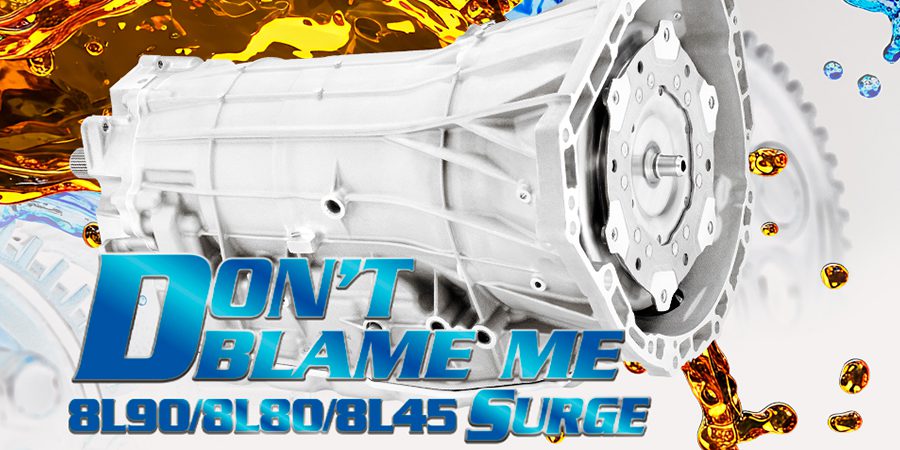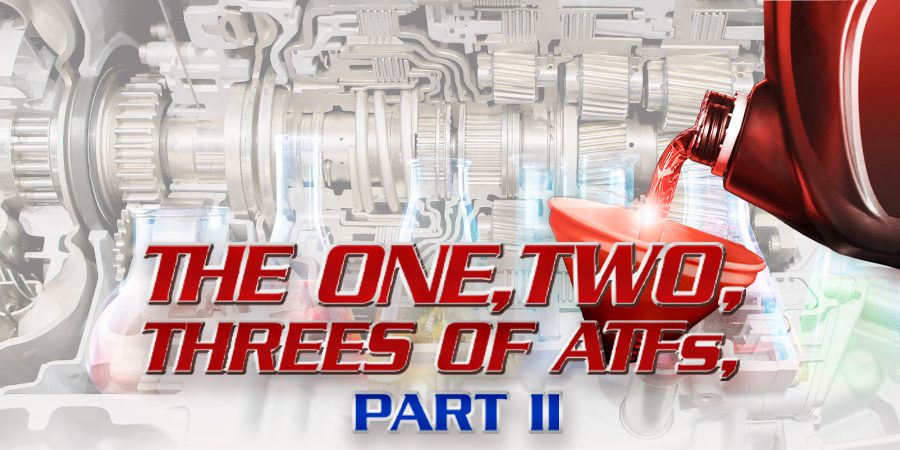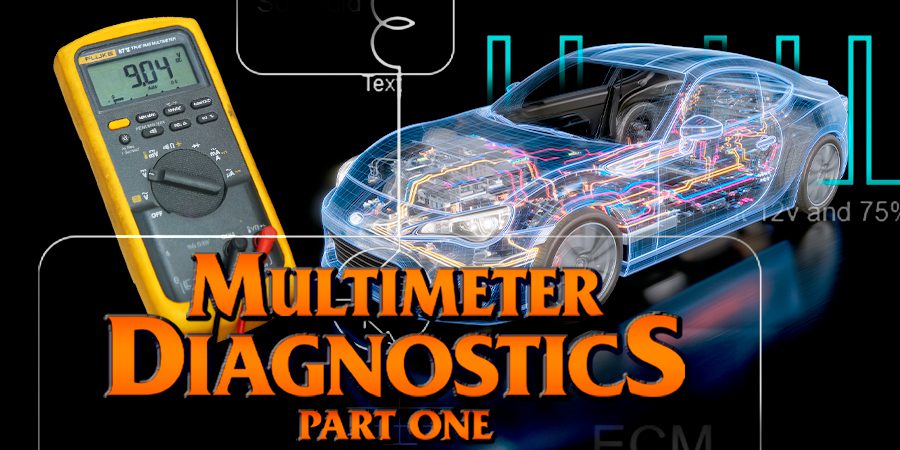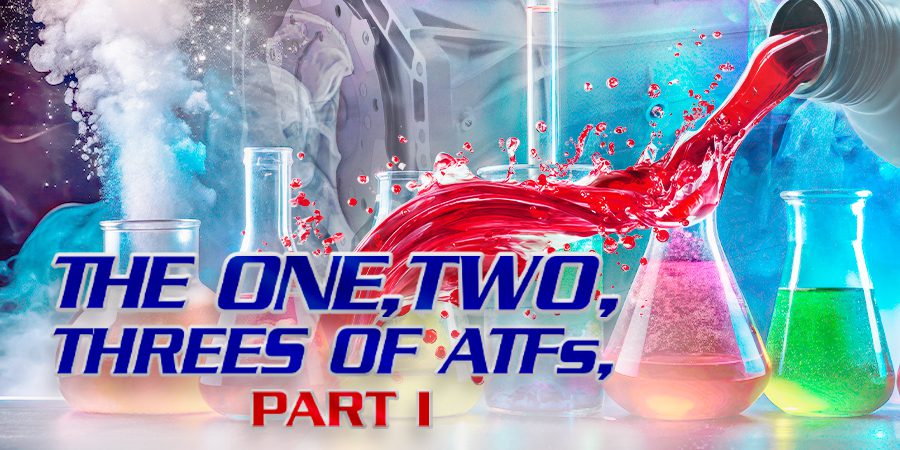The GM 8-speeds have certainly had their share of issues through the years. The problems have gotten bad enough and familiar enough that a class action lawsuit was filed regarding the unit’s operation and longevity. As we have discussed many times, the 8-speed GM units are a handful, especially when it comes to the earlier model applications. The later model applications are pretty good units as GM has implemented numerous updates, which we have discussed in detail in the ATRA seminars as well as in previous GEARS articles.
In this segment, we are going to look at a couple of other vehicle concerns that can result in the transmission getting blamed for an issue that has nothing to do with the transmission at all. Just like the aviation industry, the automotive repair industry suffers from a condition known as “confirmation bias”.
When an accident happens with an airplane, one of the main focuses of the National Transportation Safety Board (NTSB) is to look at how a condition known as “confirmation bias” may have affected the pilots’ actions, which could ultimately effect the cause of the accident. Confirmation bias is a condition where “one is seeking or interpreting information to confirm their pre-existing beliefs, while ignoring the contradictory evidence”. All of us have done this at one time or another when it comes to working on vehicles.
Nationally, the main complaint with the 8L transmission series is TCC-related shudder/surge, which is something most of you have likely experienced in your shop multiple times. In years past, we have provided you with techniques to help you determine if the surge/shudder complaint was actually related to the operation of the torque converter clutch.
Once you isolated the 8L shudder complaint as possibly related to the transmission, the solution could have been as simple as purging the old fluid from the system and replacing it with fresh Dexron LV fluid. Or it may have required you to replace the torque converter or locate a leak in the TCC circuit to address the issue. But no matter the repair, it was pretty straightforward.
In the past couple of years, I have run into multiple shops that had difficulty repairing some 8L applications with surge/shudder-related complaints. Here is where “confirmation bias” may come into play. You may have had great success repairing all of those previous 8L surge/shudder complaints by purging and installing the new Dexron LV fluid, but now you have one that seemed to make little or no difference when the new fluid was installed. The next action was to install a new torque converter and reseal the TCC system, all to no avail.
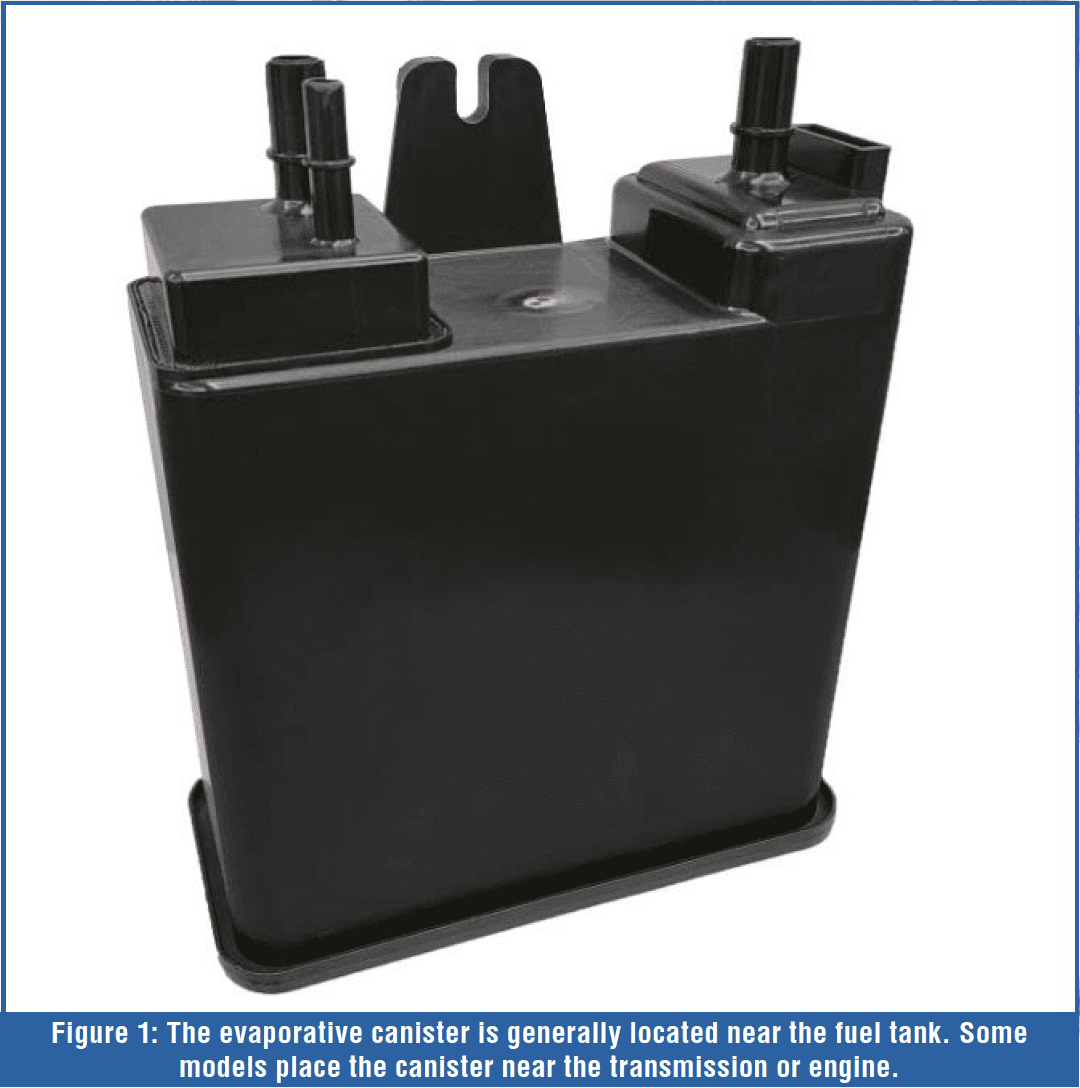 Confirmation bias may be at play here, just as it is for a pilot who believes their senses rather than their instruments. You have seen so many of these vehicles with this complaint, and the solution, for the most part, was always the same, until it isn’t. So, instead of starting at ground zero when the vehicle first comes into the shop, the tendency is to attempt the repair that has always worked before, rather than taking a big-picture look at the vehicle and the issue. In other words, your previous experiences biased your decision-making process, and now you have a vehicle that you are struggling to repair.
Confirmation bias may be at play here, just as it is for a pilot who believes their senses rather than their instruments. You have seen so many of these vehicles with this complaint, and the solution, for the most part, was always the same, until it isn’t. So, instead of starting at ground zero when the vehicle first comes into the shop, the tendency is to attempt the repair that has always worked before, rather than taking a big-picture look at the vehicle and the issue. In other words, your previous experiences biased your decision-making process, and now you have a vehicle that you are struggling to repair.
So, how could this play out in real life? Let’s take a look at a couple of areas that can lead one to struggle when someone replaces the fluid and torque converter, yet the repair was not successful regarding surge/shudder complaints on the 8L, as well as other transmissions.
- Evaporative Canister Fuel Loading: As you are all aware, drivability issues often lead to someone repairing or replacing a transmission when the issue has nothing to do with the transmission in the first place. Fuel loading of the evaporative canister (Figure 1) is typically caused by someone “overfilling the fuel tank”. When filling today’s vehicle fuel tanks, the system design intended that the person would stop filling the tank when the fill nozzle first clicks into the off position when the tank is full. People who “top off” their tanks can cause liquid fuel to enter the vapor line of the canister. The liquid fuel migrates into the canister, leading to damage and intermittent drivability issues, such as surge/shudder-related complaints. In addition, you may find an O2 sensor performance-related DTC stored in memory. If fuel enters the canister, the O2 and short- and long-term fuel trim values will become very erratic as soon as the canister purge solenoid is activated. This will lead to the surge issue you are trying to isolate. This concern will be apparent only when the purge solenoid is commanded into the purge position. To isolate the issue, try cycling the solenoid with your scan tool and note if the condition follows your commands. You could also disconnect the purge line, plug it back in, and see if that resolves the surge issue. In addition, you can remove the evaporative canister to see how heavy it is. When the canister has been loaded with fuel, it is much heavier than one that has only been exposed to fuel vapors.
- Harness damage/shorted: One of the more frustrating issues we face in this industry is dealing with intermittent related issues. Vehicle harness damage is something we have talked about many times in the yearly ATRA seminars. In most instances, these issues do not set trouble codes but instead develop into intermittent driveability-related complaints such as surges, misfires, and shudders. One new issue that has recently popped up is injector harness problems on the Colorado/Canyon applications with the 4-cylinder turbo engine. We have seen issues with the harness shorting along the back of the cylinder head near the turbocharger support bracket. The harness damage may not be apparent until you unwrap the tape protecting the harness.
I realize it is only human nature to pursue the path of least resistance, and that is only made easier when you have a high success rate when addressing the same issues. The problem is that success is never guaranteed in this profession. This profession will humble the best of us.
Well, that’s about all the time we have for now. So, until we meet in San Antonio for the ATRA Powertrain Expo, remember “Always focus on the front windshield and not the rearview mirror”.


